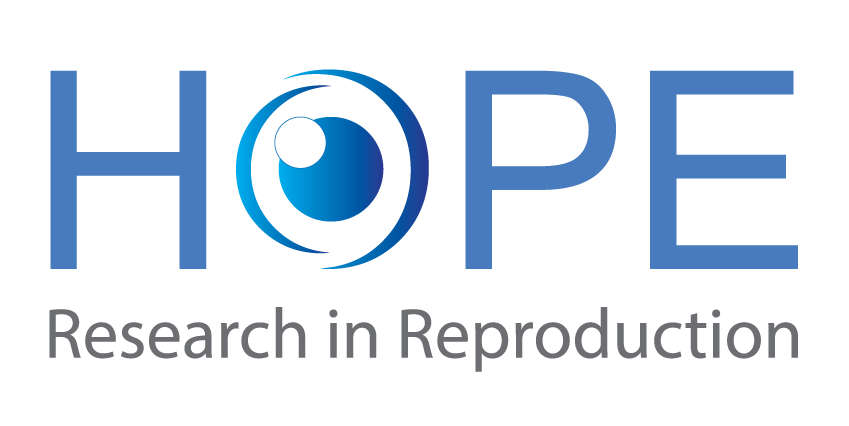Biomedical Research and Therapy, 6(12):3541-3549 – 2019-12-31
Le Thi Bich Phuong1,2, Vo Nguyen Thuc1,2, Pham Thieu Quan1,2, Le Hoang Anh1,2, Dang Quang Vinh1,2, Nguyen Thi Thuong Huyen3
Published: 31 December, 2019
Author information
- IVFMD Phu Nhuan, My Duc Phu Nhuan Hospital, Ho Chi Minh City, Viet Nam
- HOPE Research center, Ho Chi Minh City, Viet Nam
- Department of Biology, Ho Chi Minh City University of Education, Viet Nam
Abstract
Objectives
This study aimed to investigate whether selecting euploid embryos by preimplantation genetic testing for aneuploidy (PGT-A) can improve the clinical outcomes in patients with advanced maternal age. Hence, it provides evidence about the role of PGT-A in the treatment for patients with advanced maternal age in Vietnam.
Methods
This is a retrospective cohort study, conducted at IVFMD, My Duc Hospital, Vietnam, from March 2017 to March 2019. There were 244 patients taking preimplantation genetic testing for aneuploidy (PGT-A group). Biopsy was performed at the blastocyst stage. On the day of biopsy, about 5-6 trophectoderm cells were collected and sent to analysis, while the remaining was individually vitrified to be used for embryo transfer to the patient. When patients had PGT-A, the clinician consulted and indicated the euploid embryo for frozen embryo transfer cycle. The ongoing pregnancy rate was compared with the group of patients who only performed blastocyst transfer (non-PGT-A group). Other outcomes, such as the average number of transferred embryos, clinical pregnancy rate, implantation rate, miscarriage rate and multiple pregnancy rate, were also compared between the two groups.
Results
In the total of 493 patients fulfilled the inclusion criteria, there were 244 patients in PGT-A group and 249 patients in non-PGT-A group. The patient characteristics of the two groups were similar (p > 0.05). A total of 816 blastocysts were biopsied and 315 (38.6%) of these were aneuploidy. The ongoing pregnancy rate of PGT-A group was significantly higher than non-PGT-A group (43.9% vs. 32.1%, p = 0.01). Moreover, mean number of transferred embryos and multiple pregnancy rate of PGT-A group was lower than non-PGT-A group (1.3 vs. 2, p < 0.001; 5.7% vs. 12%, p < 0.001, respectively).
Conclusions
In patients with advanced maternal age, the transfer of euploidy embryos selected by PGT-A improved the ongoing pregnancy rate and reduced the number of transferred embryos and multiple pregnancy rate. Therefore, this group of patients may benefit from PGT-A.
KEYWORDS:
aneuploidy, advanced maternal age, blastocyst biopsy, embryo, euploid blastocysttransfer, PGT-A, preimplantation genetic testing
